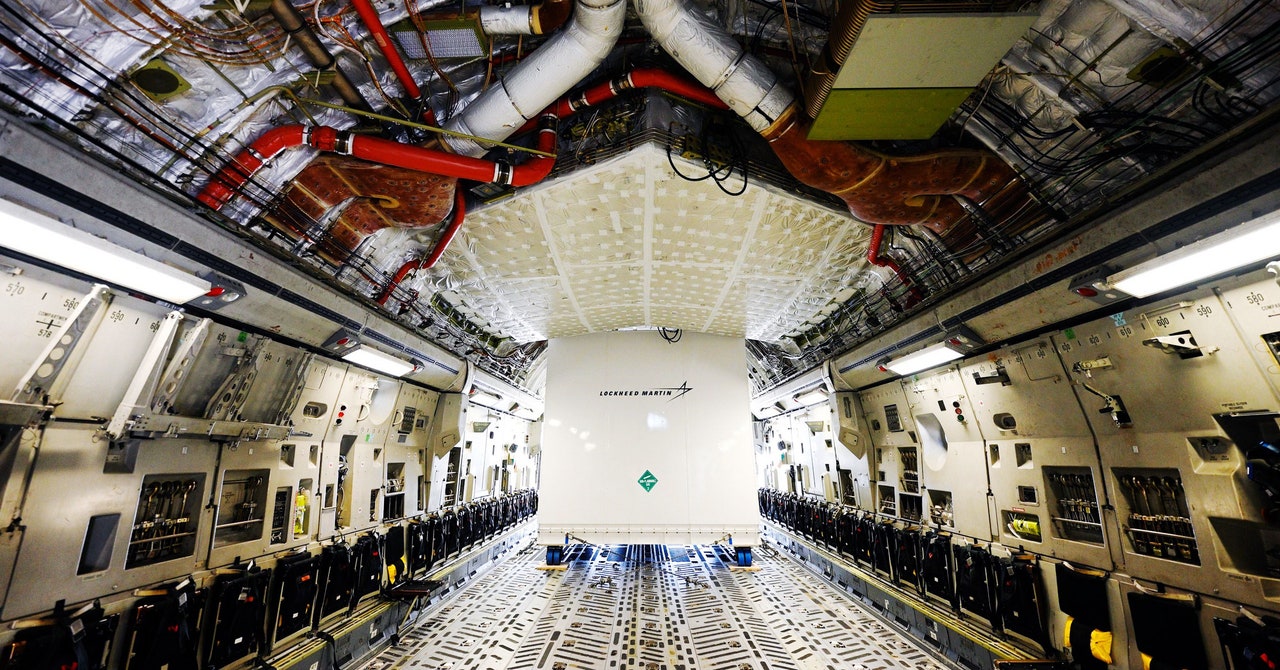
The Lucy mission gets its moniker from the fossilized partial skeleton of an early human ancestor, Australopithecus afarensis, discovered in 1974, which altered ideas about human origins and evolution. The research team hopes this spacecraft will do for planetary science what that skeleton did for paleoanthropology, by giving us a look at the formation and evolution of our solar system.
In the solar system’s infancy, debris orbited in a squished disk around a young Sun. Chunks and motes of material stuck together, snowballed, and matured into the tidy planets we see today. Asteroids are essentially the discard pile from that process. “They’re the leftover bits from this very early time before there were planets,” says Tom Statler, the Lucy program scientist at NASA.
He likens asteroid study to pyramid research—if the pyramids, in this metaphor, are Jupiter, Saturn, Uranus, and Neptune, and the Trojan asteroids are the material from which they were built. You can only learn so much about how those great structures came to be from the finished triangular product. Find the abandoned construction area, and you can infer a lot more about their genesis. “The objects that eventually became Trojans formed all over the outer solar system and got transported to and trapped where they are now,” says Statler. “The Trojans are some of the leftovers that got swept up and left there.”
And even though our own planet is rocky, and not a gas giant, studying the outer planets will give us information about how it formed. “It’s become clearer and clearer that no planet develops in isolation,” says Statler. “The Earth is the way it is because the solar system is the way it is … To understand the Earth, we need to understand how the other planets formed and developed.”
Lucy will rely on three main instruments: L’LORRI, L’TES, and L’Ralph. The “L” prefix denotes that they are part of the Lucy mission, because they are each based on devices that have flown before. LORRI and Ralph were instruments aboard the New Horizons mission to Pluto and the Kuiper belt. “L’LORRI,” then, means “Lucy Lorri,” says Michael Vincent, assistant director of the Southwest Research Institute’s space operations department. OTES was part of the OSIRIS-REx spacecraft to asteroid Bennu, and it hailed in part from an instrument called TES, which had previously flown on the Mars Global Surveyor spacecraft. “The devil that we knew is what we wanted to stick with,” says Vincent. (Also, one of the scientists on the mission has a French background and was, Vincent jokes, “trying to class up the place.”)
L’LORRI is essentially a fancy camera, sharp enough that it can take clear pictures of 200-foot craters from 600 miles away, mapping them to reveal an asteroid’s history. It can also hunt for rings and satellites, and will help Lucy navigate toward the asteroids. After all, picking out which distant dot to aim for isn’t simple. “These things aren’t big out there, and we’re going lickety split,” says Vincent.
L’TES works kind of like those non-contact thermometers you might know from Covid-19 screenings, but instead of being aimed at a forehead, the instrument points at a spot on an asteroid and takes its temperature by detecting the infrared radiation coming from it. “Over time, you kind of build up an overall picture by sweeping over and over different surfaces,” says Vincent. Their goal is to measure “thermal inertia,” or how fast or slow parts of the asteroid heat up or cool down—an indicator of what materials it’s made of. Sand, for instance, holds heat differently from rock, which you may have noticed if you’ve ever taken a long walk on the beach at sunset.


